The JHU Innovation Fund for Community Safety
RFP Draft
November 2020
Overview
Johns Hopkins University has created a $6 million, 4-year fund to support innovative, community-led programs designed to reduce violence in Baltimore, with a focus on the areas neighboring campuses in Mount Vernon, Charles Village, and East Baltimore.
After announcing the creation of the fund in September, Johns Hopkins held multiple public listening sessions, and set up opportunities for public input through texting, email, and a website. Several hundred community residents, faculty, staff, and students attended the public listening sessions and provided thoughtful, meaningful, and valuable input. Dozens of other individuals provided their input on a broad range of questions related to the development of the Fund via email and the website. We deeply appreciate this robust participation from all segments of our community and we especially appreciated the engagement of youth from our community in this process. Much of the feedback and many of the ideas that surfaced during this process are reflected in this draft.
This draft RFP sets out details on eligibility for the fund, authorized uses of funding, the availability of technical assistance and Fund’s plans for external evaluation. It also explains the requirements for an application and provides criteria for the application review.
Please provide comments and questions to this draft RFP by December 18th at 5pm. We anticipate making changes based on these comments and releasing a final RFP in January 2021.
Eligibility for the Fund
The JHU Innovation Fund for Community Safety will support community-led efforts to reduce violence in Baltimore, with a focus on the areas neighboring campuses in Mount Vernon, Charles Village, and East Baltimore.
Who is eligible to apply?
Applications for the Fund must be filed by community-based nonprofit organizations located in Baltimore, Maryland. These are organizations that are registered as nonprofits in Maryland and not an academic institution.
What if I am interested in applying but I do not work with a community-based nonprofit organization?
An individual or organization can collaborate with a community-based nonprofit organization for the purpose of this application. In this case, the community-based nonprofit organization will be the applicant. The community-based nonprofit organization will take responsibility for the grant, designate a responsible staff member to oversee the grant, and be the fiscal sponsor for all activities. The community-based nonprofit organization can receive up to 12% of the grant for these activities. Individuals and organizations looking for a community-based nonprofit organization for collaboration can email innovationfund@jhu.edu by December 18th; we will share the information with potential sponsor organizations, but cannot promise there will be a match.
What types of groups can collaborate on a proposal?
Many types of groups can work together. These include:
- Community partners, including community-based nonprofit organizations and other community groups and community members
- Students, staff, and faculty at academic institutions
- Public agencies
- For-profit businesses
The application must explain the roles of each partner. Community partners together must receive at least 51% of the funding for project activities.
Is there an expectation of collaboration with Johns Hopkins students, staff, or faculty?
Yes, there is an expectation for collaboration with Johns Hopkins students, staff or faculty. Each application should include a budget allocation for the collaborator of at least 10%. Individuals and organizations who are interested in finding collaborators at Johns Hopkins can email innovationfund@jhu.edu by December 18th. We will share the information with potential collaborators, but cannot promise there will be a match.
Are expansions of existing activities eligible?
Yes. The activities can be expansions of existing work.
Level of Funding
Applications can request up to $250,000 a year for up to four years of funding. It is perfectly acceptable to request less than the maximum amount.
Eligible Activities
Activities should relate to one or more of the following four focus areas:
- Environmental improvements to specific locations. Many such improvements have been associated with a reduction in violence and a greater sense of safety.
- Programs to provide support and services to individuals at high risk of being a victim or perpetrator of violence. Such programs might include counseling or coaching, job training and placement, or other services.
- Efforts to help youth at risk stay safe and succeed in school or work. These efforts should involve the leadership and participation of youth themselves.
- Community mediation. Such programs should build on existing successful models where possible.
Ineligible Activities
The Fund cannot support lobbying.
Eligible Geography
Projects related to Focus Area 1, environmental improvements, must take place within the following footprint below.
For projects related to Focus Area 2-4, applicants should explain how the proposed work focuses on the following footprint, understanding that many of the people engaged may not live or work in the specific area. Eligible projects may include citywide efforts that will put additional emphasis in the areas designated on the map.
Reporting, Technical Assistance, and Evaluation
The Fund anticipates hiring one or more technical assistance partners and an evaluation team. The purpose of technical assistance is to help projects succeed. The purpose of evaluation is to help the projects orient to a set of appropriate outcomes and to assess the progress and outcomes fairly.
Before funding is provided, the successful applicant will meet with a technical assistance partner and the designated evaluation team and reach agreement on a plan for reporting, technical assistance, and evaluation. Reporting is expected to be on a quarterly basis. All of the data generated by the evaluation team will be shared with the project team. Both the project team and the evaluation team will have the ability to use the data to share results and information about the project outcomes with others.
Grantees are expected to participate in semi-annual meetings with other grantees to share experiences and lessons learned.
Grant Funding
It is anticipated the funds will be provided in advance on a quarterly or semi-annual basis. An annual review of the project will be the basis for continued funding.
The Application
Each application should be no more than 5 single-spaced pages, with one inch margins, written in Times New Roman 11 point font.
The application should include:
- Title
- Name of community-based organization that will take the lead responsibility
- Responsible lead contact at this community-based organization
- Names of other individuals, organizations, and businesses involved
- Names of academic partners
- Total amount of money requested by year
- Focus area or areas covered by the project:
- Environmental improvements to specific locations.
- Programs to provide support and services to individuals at high risk of being a victim or perpetrator of violence.
- Efforts to help youth at risk stay safe and succeed in school or work.
- Community mediation.
- Summary of the project in one paragraph
- Background and rationale for the project. Please explain why you think this idea will make a difference for community safety in the immediate to near-term. If the proposal is an expansion of an existing activity, please explain the current work here, including the rationale for expansion.
- Plan of action, organized by specific activities with a clear explanation of the roles of partners listed in #4 and #5 above.
- Impact. Include the intended impact, including the description of what success for the specific project looks like, and how that success might be measured. Please discuss the relevance of the project to major outcomes of interest to Baltimore City, such as homicide rates, perception of neighborhood safety, adverse childhood experiences, and the employment or education of youth ages 16 to 24.
- Discussion of how this project can lead to greater understanding of ways to reduce violence and inspire additional work by others. To the extent possible, identify policymakers and other audiences that may be interested in using the results.
Appendices to the Application (required)
- Project timeline (up to 4 years), showing key activities for each year.
- Background on project partners (both organizations and key individuals). For each key organization and individual in the project, explain the experience of each working in similar efforts in Baltimore.
- Project budget by year, including the amount for each partner, along with an explanation of the proposed expenses. Note: The selection process may include negotiation on the budget.
- Last audit for the applicant community-based organization
- Up to 4 letters of support. Support letters can be from community members, community organizations, Baltimore City officials, or Johns Hopkins affiliates.
Criteria for Application Review
Only applications that meet the eligibility criteria will be scored.
Scoring will be organized in four areas:
- Rationale and Potential Impact. There is a strong rationale for how this effort can reduce community violence in the immediate to near-term.
- Plan. The proposed activities are well planned, make sense, are realistic, and can achieve the goals.
- Experience. The lead organization and partners are experienced, ready, and able to carry out the work.
- Budget. The budget is appropriate for the project.
Share Your Feedback With Us.
Use the form below to share your feedback on the Draft RFP by December 18th. All feedback will be carefully reviewed by The Fund.
This form is protected by reCAPTCHA. The Google Privacy Policy and Terms of Service apply.







